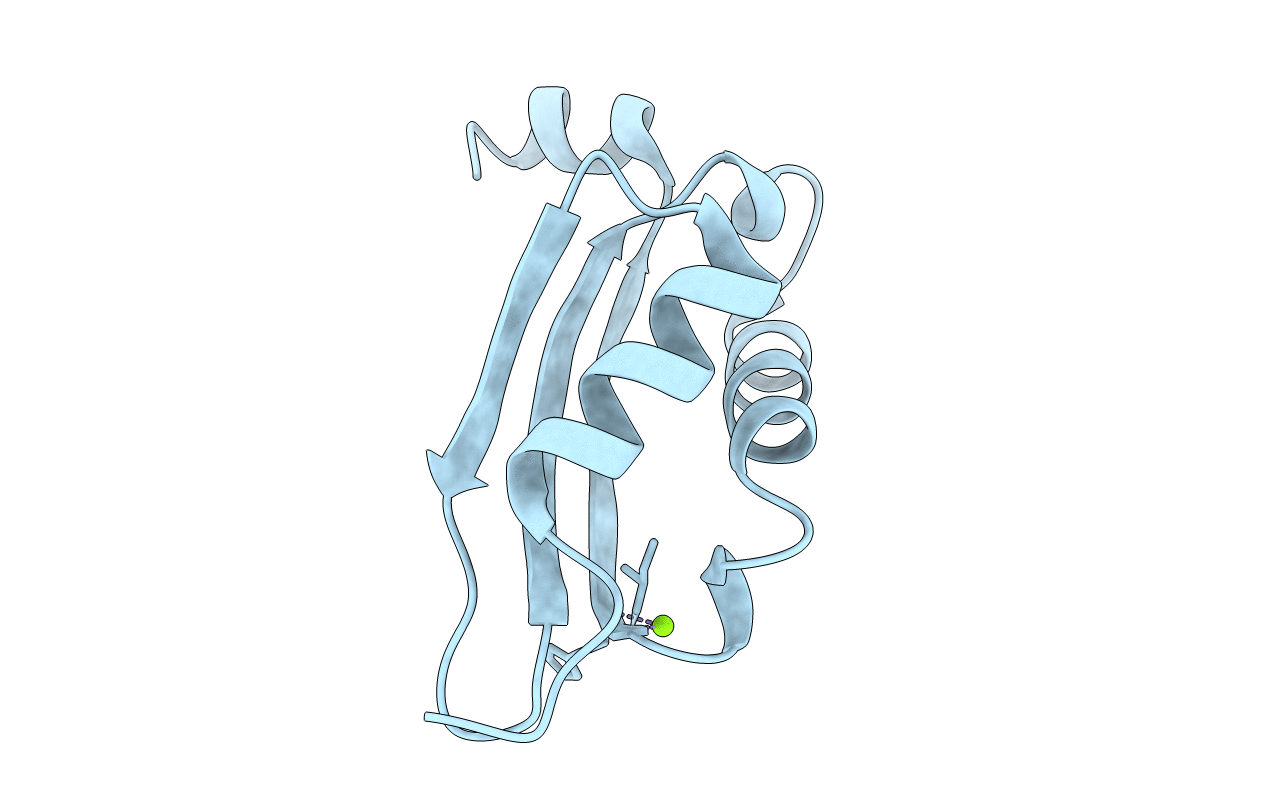
Deposition Date
2010-07-22
Release Date
2010-10-13
Last Version Date
2024-11-06
Entry Detail
PDB ID:
3O2E
Keywords:
Title:
Crystal structure of a bol-like protein from babesia bovis
Biological Source:
Source Organism:
Babesia bovis (Taxon ID: 484906)
Host Organism:
Method Details:
Experimental Method:
Resolution:
1.95 Å
R-Value Free:
0.24
R-Value Work:
0.18
R-Value Observed:
0.18
Space Group:
P 41 21 2


